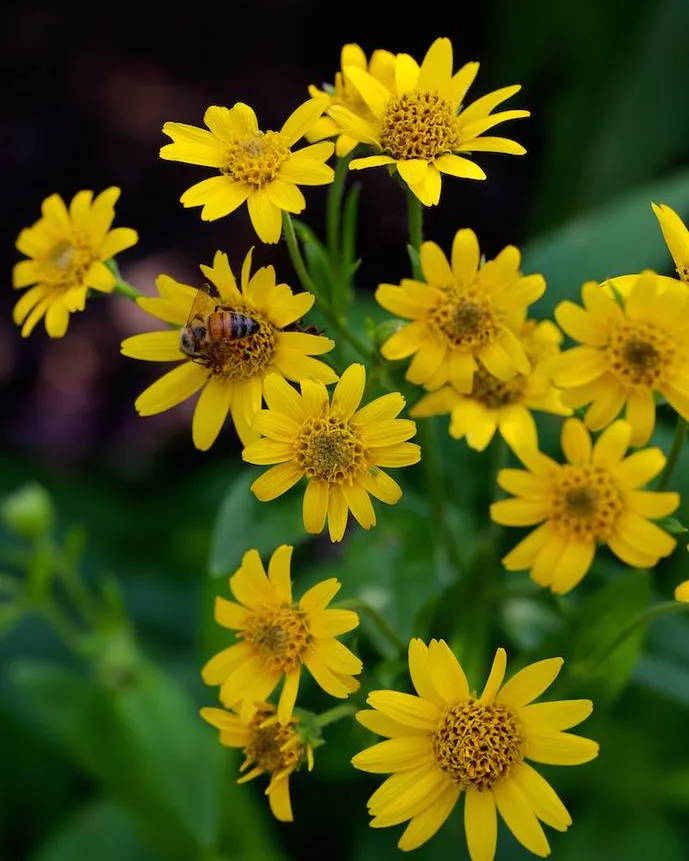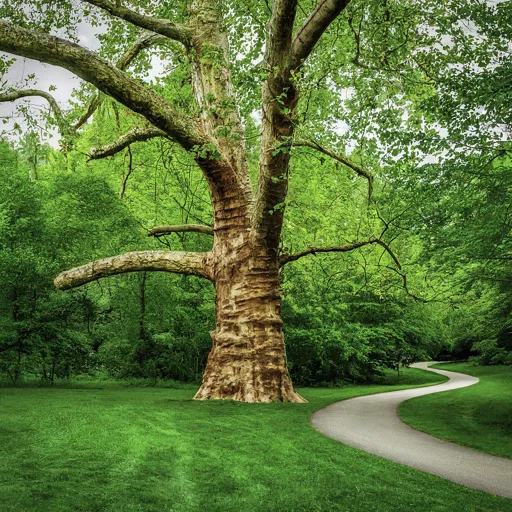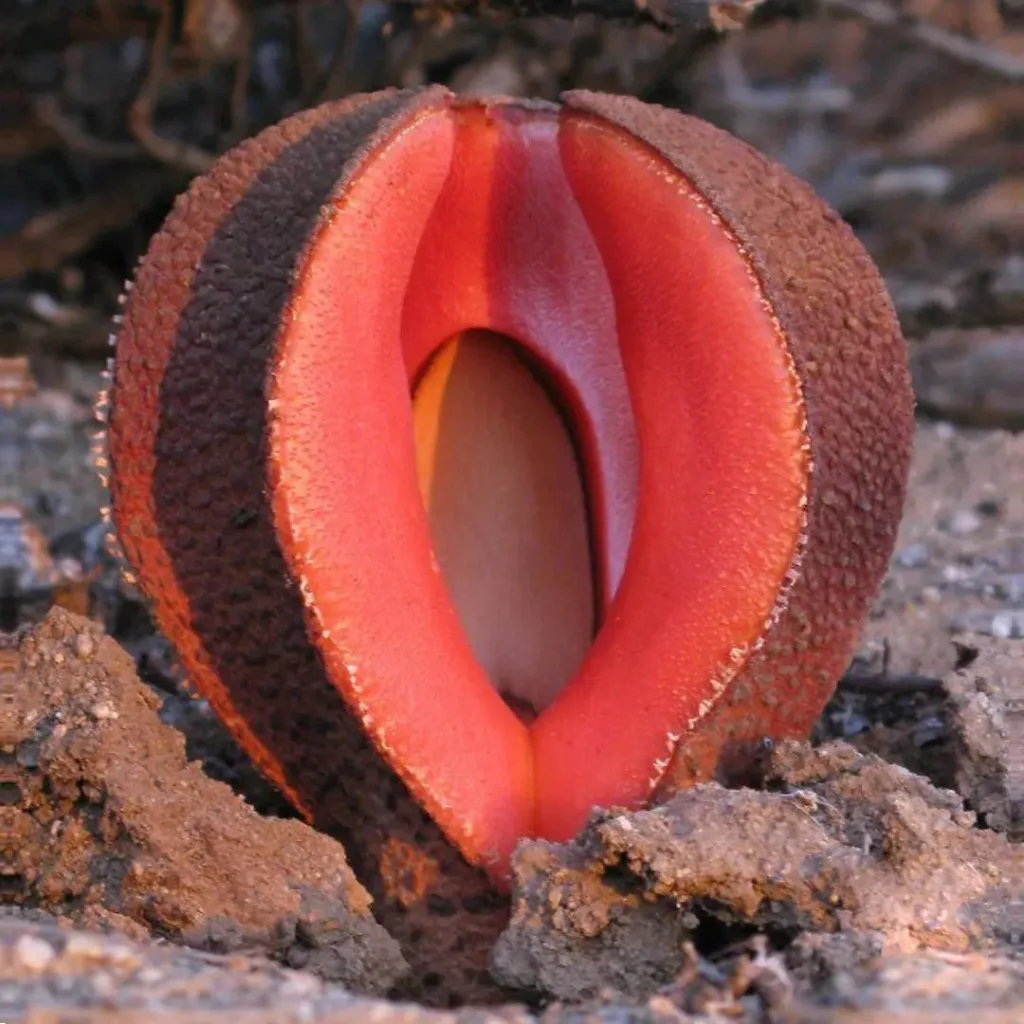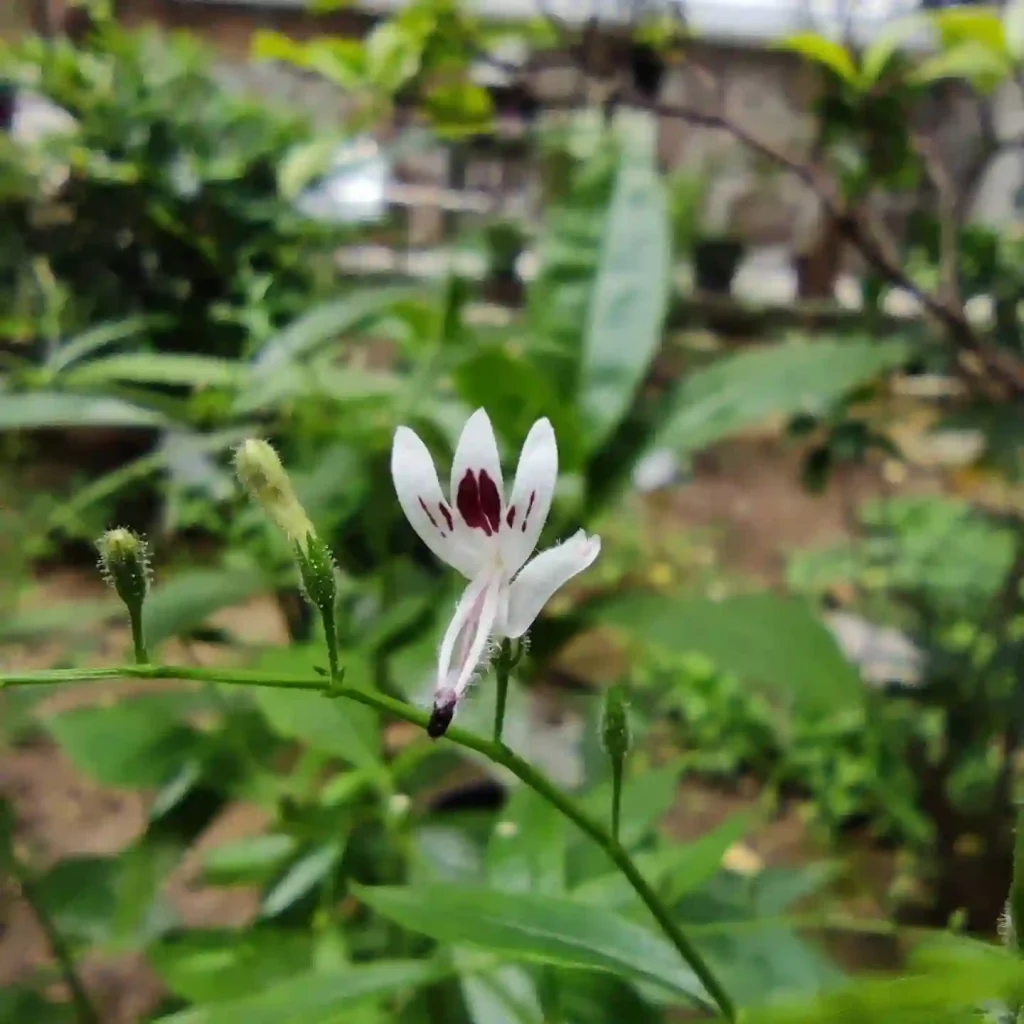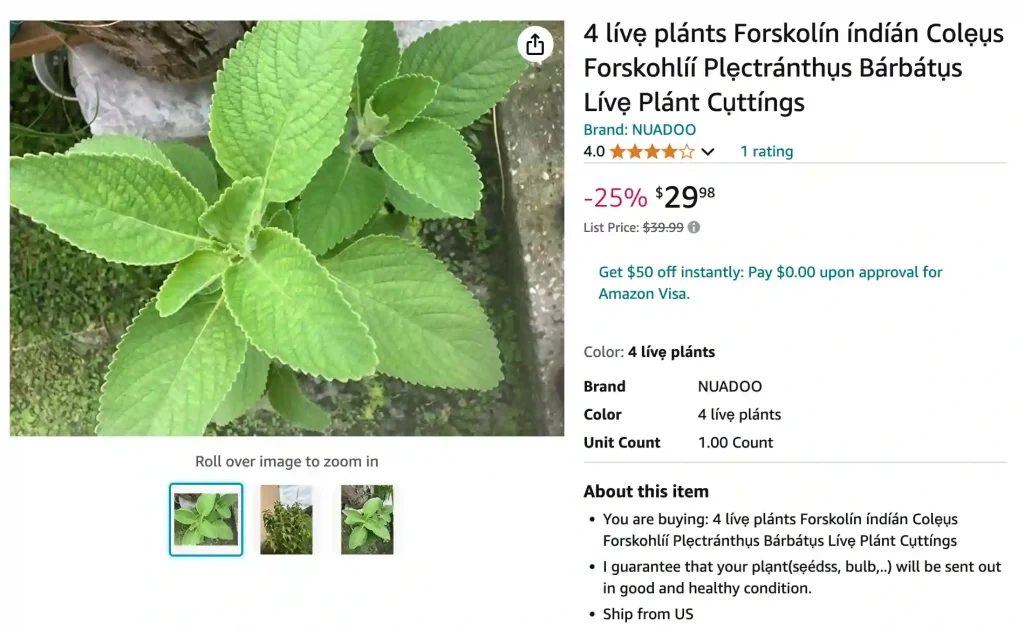
FAQs About Plectranthus Barbatus
I’ve always had a soft spot for Plectranthus Barbatus, a robust plant that brings beauty and benefits to my garden. Often referred to as Indian Coleus or Forskolin plant, it’s widely recognized for its medicinal uses and vibrant, striking appearance. However, there are common questions and concerns I’ve encountered over the years, and I want to share my insights to help fellow plant enthusiasts.
What is Plectranthus Barbatus?
Plectranthus Barbatus is a perennial plant native to subtropical and tropical regions. Its most notable feature is its large, thick leaves with a velvety texture, often showing a deep green to purple hue. The plant is not only decorative but also known for producing forskolin, a chemical used in traditional medicine to treat various ailments, including heart and respiratory issues. While it’s often called Indian Coleus, it’s different from the ornamental Coleus plants you might find in many gardens.
How to Care for Plectranthus Barbatus?
Caring for Plectranthus Barbatus is relatively easy, making it a favorite for both beginner and experienced gardeners like me. Here’s what I’ve learned about keeping it healthy:
- Light: This plant thrives in bright, indirect sunlight. It can tolerate some shade but grows best when it gets a few hours of sunlight each day.
- Watering: Keep the soil consistently moist but avoid waterlogging. I find that watering once the top inch of soil feels dry works well.
- Soil: Well-draining soil is essential for preventing root rot. I use a mix of regular potting soil and some sand to improve drainage.
- Temperature and Humidity: It prefers warm, humid conditions, which mimics its native environment. Temperatures between 60°F and 75°F are ideal, though it can tolerate slightly cooler nights.
- Pruning: Regular pruning encourages bushier growth. I usually pinch off the tips to control its height and spread.
How to Propagate Plectranthus Barbatus?
Propagation is one of my favorite activities with Plectranthus Barbatus because it’s incredibly easy. Here’s what I do:
- Stem Cuttings: Take a cutting that’s about 4-6 inches long, making sure it has a few nodes (the places where leaves attach).
- Root in Water or Soil: You can either place the cutting in water or directly into moist soil. If you opt for water, change the water every few days to keep it fresh. Roots usually appear within a couple of weeks.
- Transplant: Once the roots are around 1-2 inches long, it’s time to transplant the cutting into a pot or garden bed.
What to Plant with Plectranthus Barbatus?
In my experience, Plectranthus Barbatus pairs well with a variety of other plants. Its vibrant foliage and upright growth habit make it a great companion plant. I like to plant it alongside:
- Salvia for contrasting colors and textures.
- Ferns for a lush, green look in shaded areas.
- Coleus for an explosion of color, though these are purely ornamental compared to Plectranthus Barbatus.
Is Plectranthus Barbatus Toxic?
One of the key concerns I often hear is whether Plectranthus Barbatus is toxic to pets or humans. Based on my research and experience, the plant is generally non-toxic. However, it’s always a good idea to keep it out of reach of pets or children who may be tempted to chew on its leaves, just as a precaution. If you’re using it for medicinal purposes, I always recommend consulting with a professional beforehand.
Benefits of Plectranthus Barbatus
The health benefits of Plectranthus Barbatus go beyond its ornamental beauty. The plant contains forskolin, which has been used in traditional medicine for centuries. Some of the potential benefits include:
- Cardiovascular health: Forskolin may help dilate blood vessels, improving blood flow.
- Respiratory support: It’s sometimes used to manage asthma by relaxing the muscles around the airways.
- Weight management: Some studies suggest that forskolin could help with weight loss by increasing fat breakdown, though more research is needed.
Personally, I’ve found that this plant not only brightens my garden but also serves as a conversation starter with its interesting medicinal history.
Common Problems with Plectranthus Barbatus
Though relatively hardy, Plectranthus Barbatus can face some common problems:
- Root Rot: This is usually caused by overwatering or poor drainage. I’ve learned the hard way to be careful with watering schedules and always use well-draining soil.
- Pests: While it’s not prone to many pests, I’ve seen occasional aphid or spider mite infestations. A mild insecticidal soap spray works wonders for keeping these pests in check.
- Yellowing Leaves: If the leaves turn yellow, it’s often a sign of too much water. I make sure to adjust my watering routine if I notice this.
How Does Plectranthus Barbatus Compare to Similar Plants?
One plant often confused with Plectranthus Barbatus is Coleus, but the two have distinct differences. Coleus is mainly an ornamental plant, prized for its colorful leaves, while Plectranthus Barbatus has a stronger connection to medicinal uses. Additionally, Coleus is often grown as an annual in cooler climates, whereas Plectranthus Barbatus can be a perennial in warm, tropical regions.
Another similar plant is Plectranthus Amboinicus, also known as Cuban Oregano. Though they share the same genus, Plectranthus Amboinicus has a stronger scent and is more commonly used as a culinary herb.
Final Thoughts
Whether you’re growing Plectranthus Barbatus for its beauty or its medicinal benefits, it’s a versatile and rewarding plant. With proper care and attention, it can thrive in a variety of environments, adding lush greenery and interest to any space. I’ve enjoyed cultivating this plant and appreciate the many ways it enhances my garden. If you haven’t tried growing Plectranthus Barbatus yet, I highly recommend giving it a spot in your collection!
